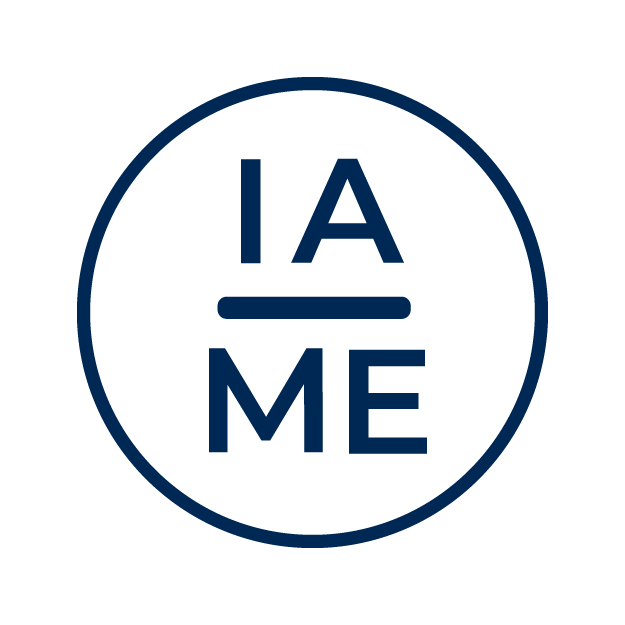Imaging of the carotid intima-media thickness can be limited due to multiple factors. The most common type of limitation is the presence of a significant amount of atherosclerotic plaque. Measurements of the intima-media thickness need to be measured where there is a segment of arterial wall free from plaque for at least 10 mm. Other limiting factors can be the course that the common carotid artery takes through the neck. If the carotid artery angles posterior or is tortuous in any way, it will make it difficult to get the posterior wall of the artery parallel to the transducer face or perpendicular to the ultrasound beam for a good angle of insonation. Body habitus is a limiting factor in all types of ultrasound exams, and intima-media thickness exams is no exception.
When using the manual approach to measuring the intima-media thickness, vessel walls measuring less than 1 mm and trackball or touchpad sensitivity can make manual measurements difficult and frustrating to accomplish. Small movements of the trackball or touchpad can cause the cursor to jump, making accurate measurements difficult to achieve.
When using the ultrasound manufacturer’s automatic software to calculate the wall thickness, machine sensitivity and body habitus can limit the accuracy of the automated software. If the anterior or posterior wall is not well defined on a 2D image, the calculation package may not be able to delineate the tunica intima or media. If significant atherosclerotic plaque is present, this will also make it difficult for the software to identify the posterior wall.







